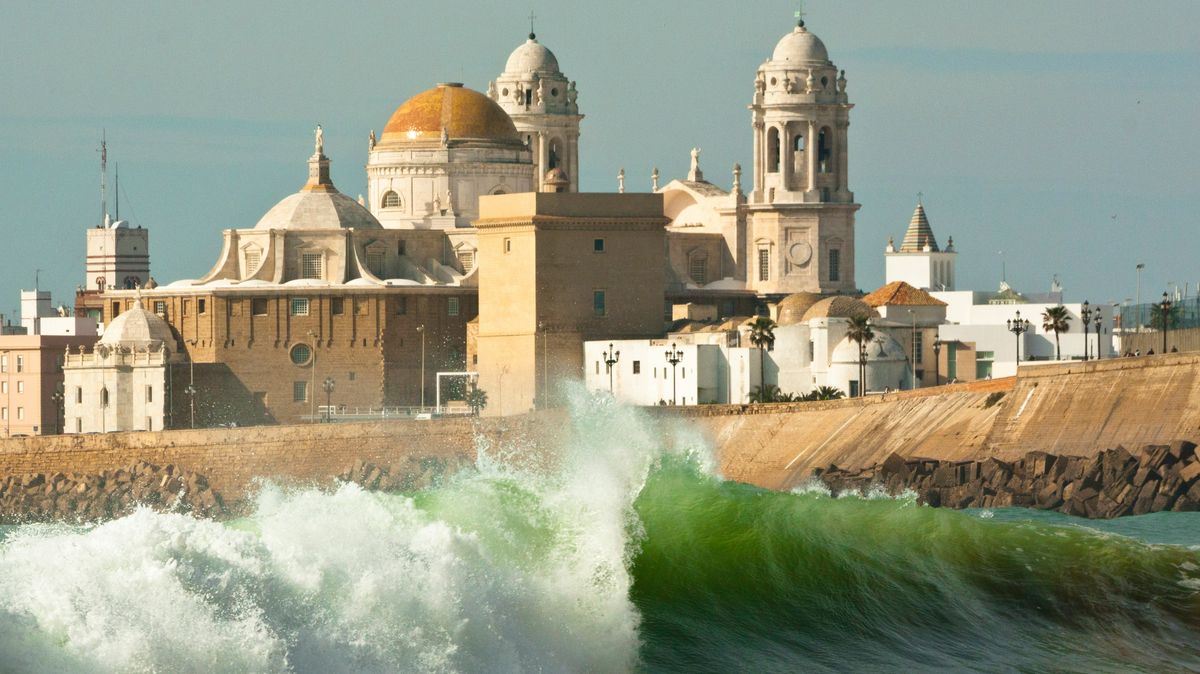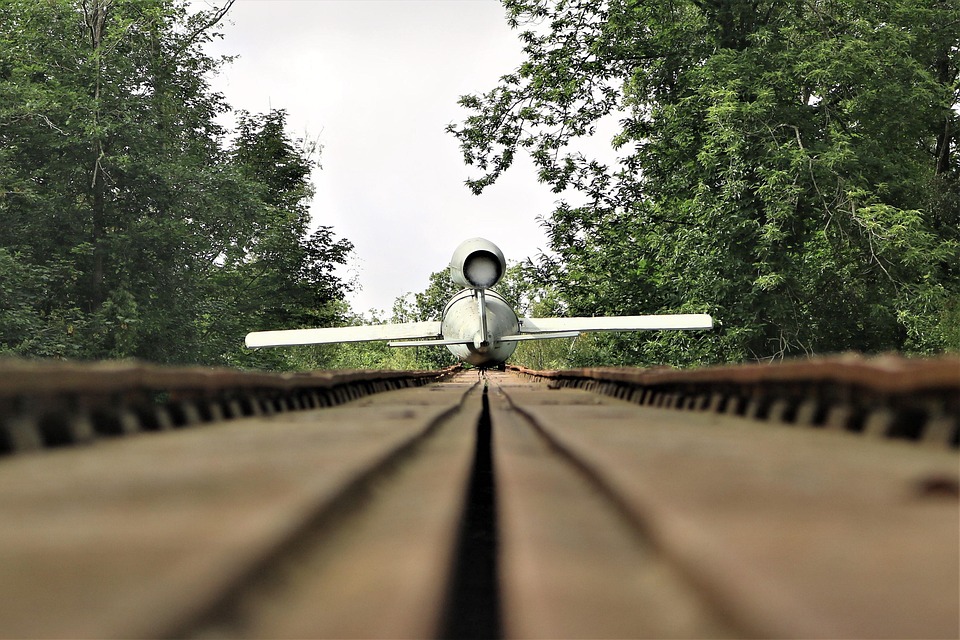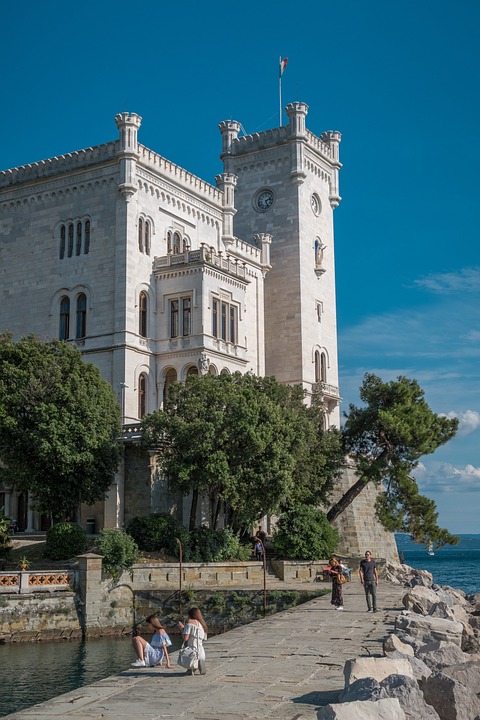We arrive in Cadiz late in the afternoon. After a long journey across Andalusia we are tired, but at the same time we feel that this is where our pilgrimage ends. From the train window we watch the city rise above the sea - a narrow peninsula surrounded by water seems to float on the waves.
"Europe ends here," remarks my friend, who speaks perfect Spanish. And he's right - from here, the only way is to the wild Atlantic.
Photo: Pixabay
A city older than Rome
Cadiz is one of the oldest cities in Europe. It was founded by the Phoenicians around 1100 BC under the name of Gadirwhich means protected place. Since then, Carthaginians, Romans, Arabs and Spaniards have taken turns here. Despite wars and earthquakes, life has never stopped here.
As we walk through the narrow streets of the old town, the limestone walls glisten in the afternoon sun and the whole of Cadiz feels as if time has stood still. Nickname La Tacita de Plata - silver cup - perfectly captures its atmosphere. The sun reflects off the sea and the city shimmers with subtle shades of silver.

Photo: Pixabay
La Viña: the soul of the city and the taste of the ocean
We're heading to the neighborhood in the morning La Viña, a former fishing area that is now one of the most vibrant parts of the city. The narrow streets are lined with houses with laundry stretched across the street, the radio blaring from the windows and the air smelling of fried fish.
In the local freidurías people indulge pescaito frito - a cone full of crispy fish, calamari and shrimp. No fast food, just the sea on a plate.
In the evening, the city will be abuzz with flamenco. It is here, in La Viña, that the oldest style of cante jondo - deep, raw vocals expressing the emotions of Andalusia.
Photo: Pixabay
Evening calm on La Caleta beach
Our first destination is the beach La Caletasurrounded by fortresses Castillo de Santa Catalina a Castillo de San Sebastián. A long promenade leads to the lighthouse and at low tide, seaweed, shells and the remains of ancient buildings are revealed underfoot.
When the sun goes down, the city is immersed in orange and purple tones. "This is where the ships to the New World used to sail from," my companion reminds me. It was from Cadiz that Christopher Columbus set out on his voyages across the Atlantic.
Photo: Pixabay
Cathedral, Roman theatre and merchants' towers
A short walk from the market stands Cathedral of Santa Cruz sobre las Aguas - a majestic structure with a golden dome that dominates the city's skyline.
We also walk through the park Parque Genovésfull of exotic trees and waterfalls, and not far away we find Roman theatre from the 1st century BC. Archaeologists only discovered it in the 1980s when the house above it burned down.
At the end we climb to Torre Taviraonce the watchtower of wealthy merchants. From its top you can see the whole city - white rooftops, blue ocean and the golden cathedral as the crown of Cadiz.
Inside the tower, we'll find camera obscurawhere a live image of the city is projected onto a white screen. An old optical magic that recalls the days of sailors and explorers.

Photo: Pixabay
A market where history meets the everyday
At Mercado Central de Abastos it smells of fresh fish and seafood. Vendors smilingly offer shrimp, oysters, octopus and small fish fried whole.
We settle in at a stall where an elderly man opens oysters with a reverence worthy of jewels. We have a glass of dry wine with them. fino. Cadiz is a city that is not discovered in a hurry - it appears slowly, in small sips.
Photo: Pixabay
Flamenco that is not for tourists
On the recommendation of the bartender, we find the club La Cueva del Pájaro Azulhidden in a former warehouse. No stage, no microphones - just a voice, a guitar and two pairs of dancing shoes.
Flamenco here is not a show for visitors, but an exhalation of emotions. It is music that moves from pain to hope, from silence to screams.
As we walk back through the narrow streets after midnight, the city does not sleep. It just slows down - like the sea at low tide.

Photo: Pixabay
Beaches, wind and endless horizon
We spend the last day on Playa de Cortadura, a wide beach with sand dunes reminiscent of the Sahara. The wind brings salt air and the sea glitters before us. Behind us, the city remains, a white silhouette on the edge of Europe.
The city that never loses its breath
Cadiz is a place where for three thousand years History intertwined with everyday life. Every street, tower and wave bears a trace of the past - from the Phoenicians to the fishermen of today.
As we leave the train back inland in the evening, the sun reflects on the water and the city slowly recedes. I get the feeling that Cadiz is more than just a city. It's a living organism,






